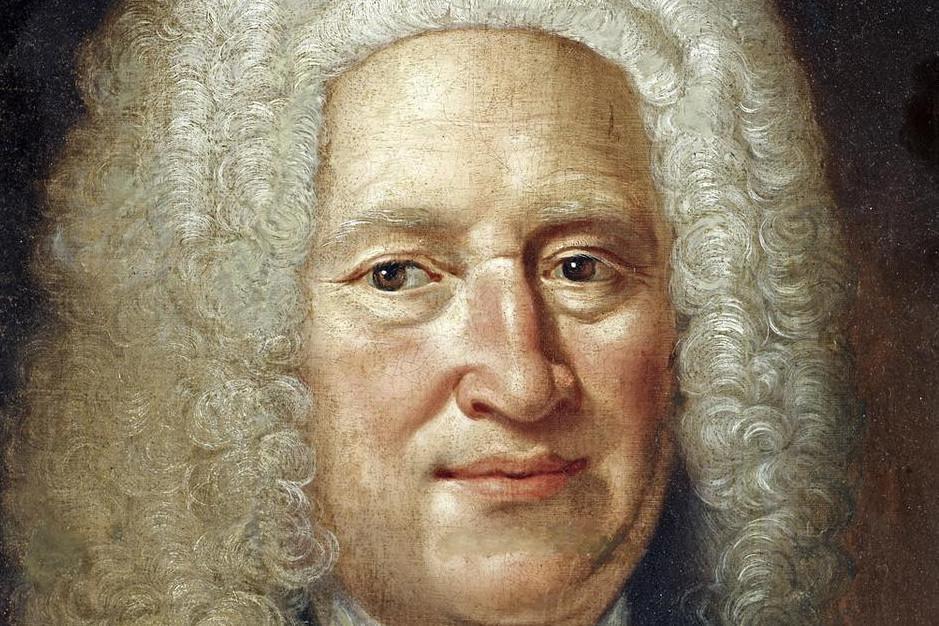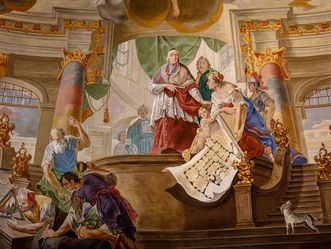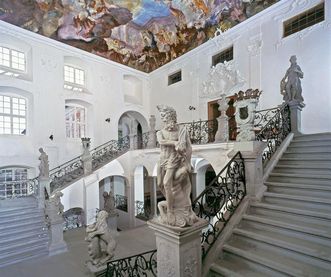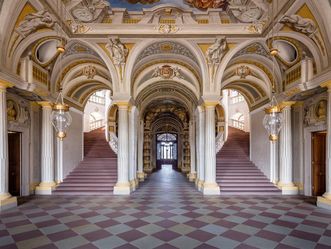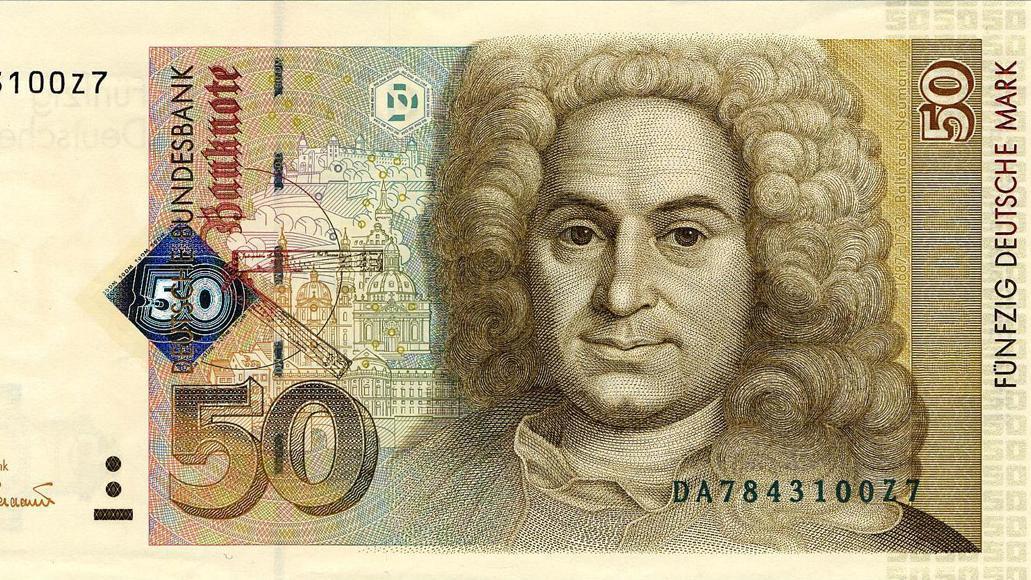How did Neumann come to Bruchsal?
Balthasar Neumann began working in the Prince-Bishopric of Würzburg in 1711. Members of the Schönborn family came into power there, twice. Philipp Franz von Schönborn, who ruled from 1719 to 1724, made Neumann the head construction manager of the Würzburg residence. Friedrich Karl von Schönborn, prince-bishop from 1729 to 1746, continued his employment. Both were brothers of the Prince-Bishop of Speyer. As was so often the case with the Schönborns, familial relationships brought architects and employers together.



